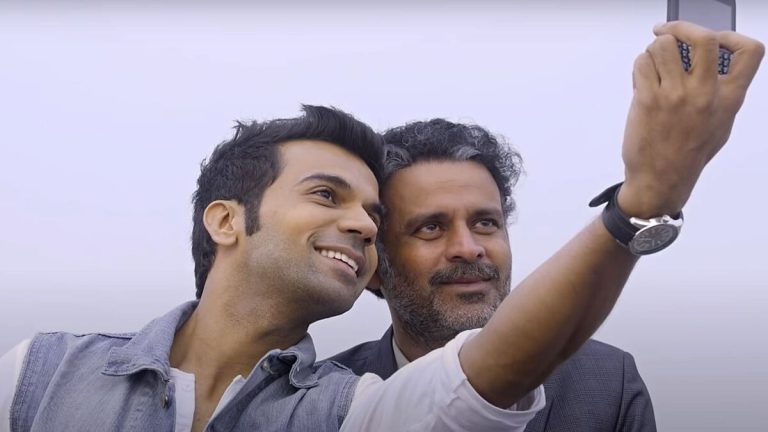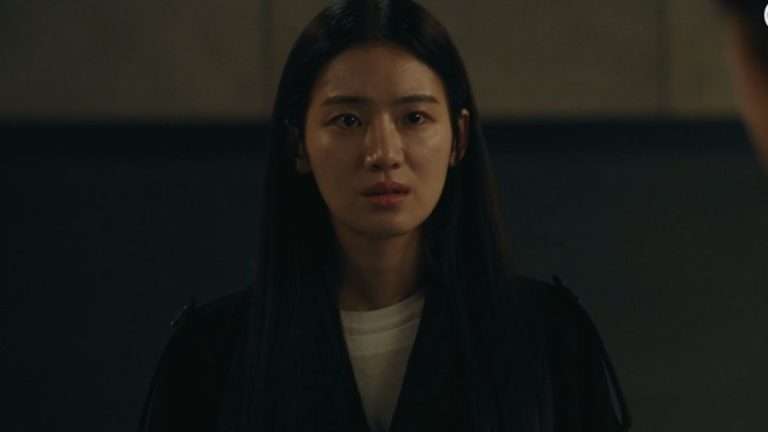Reading beyond the silences in “Mrs. Chatterjee Vs. Norway”: Oftentimes, in the film medium, messages are conveyed through various means besides dialogues. Silences, body movements, expressions, lighting, and color convey a lot about relationships, emotions, and inner turmoil. The Hindi film Mrs. Chatterjee Vs. Norway, directed by Ashima Chibber, based on the true story of a mother’s fight against a nation for the custody of her children, uses various unsaid exchanges to convey the larger pain, conflict, and struggle embedded in the story.
Debika Chatterjee, the protagonist of the story essayed by Rani Mukherjee, is an extremely strong and emotionally driven woman. When her children Shubh and Shuchi are taken away by the Norway Child Welfare Services (Velfred), she embarks on a journey to get her children back. While her pain is depicted in the screams, tears, and agitation of Debika but what pinches the heart are the scenes where she doesn’t utter a single word. One significant scene is where she tries to have a biscuit dipped in tea, and the camera slowly shifts the focus toward her lactating breast. The biscuit drops from her hands, and tears roll down. This scene has a very strong impact as it conveys what words fail to do. Another scene where the camera focuses on the children’s names and hints towards the empty beds conveys the emptiness of Debika’s heart and her loneliness.
Aniruddha Chatterjee, essayed by Anirban Bhattacharya, is the quintessential patriarchal man who is only concerned about his career and Norwegian citizenship but doesn’t fail to ignite anger in the audiences against him. One of the important reasons behind taking away the children was the fact that Aniruddha did not contribute in any way to the household chores and was also accused of engaging in domestic violence. His words like “ab kya chudiyaan pehenke ghar ka kaam karun?” (Should I now wear bangles and help you in looking after the house?) depict the regressive thoughts of the husband. In a scene where Aniruddha is extremely angry at Debika slaps her in a fit of rage. What is interesting to see is that Chibber uses non-verbal communication to upend the status quo. Hence, Debika, too, slaps him back without a pause in between.
The color schemes also play a crucial role in the depictions of emotions. Debika can be seen sitting on the front porch of the Velfred wearing a yellow saree, and the overall color scheme of the shot is dark and in shades of blue and grey. It depicts the undying hope of Debika and how she is not fit for Norwegian society. In most of the scenes after the children are taken away, Debika is seen wearing dull clothes with darker shades. However, some splashes of color introduce the vigor and rage in her to fight back against injustice. In one scene, she wears a white saree with a gorgeous red blouse, adhering to her Bengali roots. What happens after she leaves in that attire shows her resolute nature to question the system. The lighting and color tones change according to the characters’ inner emotions. A montage of Debika and Aniruddha’s initial life in Norway is extremely colorful and bright, and the tones become darker as things go downhill for them.
We often hear that a mother can go to various lengths to protect her children, and one can see that literally in Mrs. Chatterjee. It is interesting to note that she defies all rules and regulations to voice herself. She refuses to stay silent during the court proceedings and wishes to speak. In Norway, nowhere is she heard, but her actions speak more. A heart-wrenching scene depicts the excruciating pain of a mother when she pumps her breast milk, but the bottle doesn’t fill up, showcasing that her child is no longer an infant. She finally finds her voice in India, where she is allowed to speak her heart out during court proceedings.
Mrs. Chaterjee Vs Norway is also a coming of an age story for Debika because she understands the complexities of society and the real faces of the people around her as the masks fall off. Her naivety is tested, and she faces constant betrayals. In a time when close relatives wade off from her side, unknown people become her support. Whether it is Nandini (Wife of Aniruddha’s colleague), Advocate Sunaina Pratap, Vasudha Kamat (Minister from India), or Berit Hansen (Psychologist in nursery school), all of them become allies of Debika and try to support her in one way or the other.
Interestingly, the silences and eye glances exchanged between Debika and Daniel Ciupek (the Norwegian defense lawyer), essayed by Jim Sarbh, denote the rough patch between them. While Ciupek tries a lot to speak to her and convey his devotion to defending her. But Debika never talks to him. She always maintains a distance and refuses to have any conversation. However, an assuring hand on Debika’s shoulders doesn’t come from Aniruddha but Ciupek after they lose a plea. Even in the movie’s last scene, they don’t talk but exchange congratulatory notes via lip reading.
One of the compelling scenes is where Debika takes a shower and touches her head while looking in the mirror. She makes sure that there is no trace of sindoor on her head which is considered a mark of a married woman. This marks the birth of Debika’s true identity and independence.
The story not only depicts the fight of a mother but it digs deep into the complexities of relationships and the layered characters and emphasizes a lot on non-verbal communication. Sometimes, pain is best depicted without utterances, and Mrs. Chatterjee Vs. Norway excels in doing so. Through colors, expressions, and even eye movements. The questions of status quo, domestic violence, politics, child welfare, and familial relationships are highlighted with meticulous details. A story that upholds justice over law and forces one to think beyond the apparent.








![Super Deluxe Netflix [2019] Review: Super but not deluxe](https://79468c92.delivery.rocketcdn.me/wp-content/uploads/2019/07/Super-Deluxe-highonfilms1-768x341.jpg)